The Rise of Slow Fashion: Why Investing in Timeless, Sustainable Clothing Matters for the Modern Professional
Every year, the fashion industry generates a staggering amount of textile waste, with millions of tons of clothing ending up in landfills around the globe. In the United States alone, an estimated 11.3 million tons of textile waste—equivalent to 85% of all textiles—end up in landfills on a yearly basis. This alarming trend is a direct result of our collective obsession with fast fashion, an industry that prioritizes short-lived trends over durability and sustainability. But as we progress through 2023, a growing movement is challenging the status quo and transforming the way we approach clothing: slow fashion.

As the iconic British designer Vivienne Westwood once said, "Buy less, choose well, make it last." This quote encapsulates the core principles of slow fashion: quality, thoughtful choices, and longevity. For the modern professional who values simplicity, minimalism, and social responsibility, understanding the importance of sustainable clothing is essential to making conscious choices that have a positive impact on the world.

In recent years, important events, trends, and movements have pushed sustainable fashion to the forefront. Climate change has become an increasingly urgent global issue, and public awareness of the fashion companies' role in environmental degradation has grown. In response, major fashion events such as the Copenhagen Fashion Summit and the Sustainable Fashion Week have gained prominence, amplifying discussions around sustainable and ethical practices in the industry.
The good news is that individuals from all walks of life, regardless of their budget, principles, and time limitations, can discover methods to lessen the environmental footprint of their wardrobe. By embracing slow fashion principles and supporting ethical brands like LuminaryLA, you can cultivate a wardrobe that not only reflects your values but also enhances your personal and professional image.
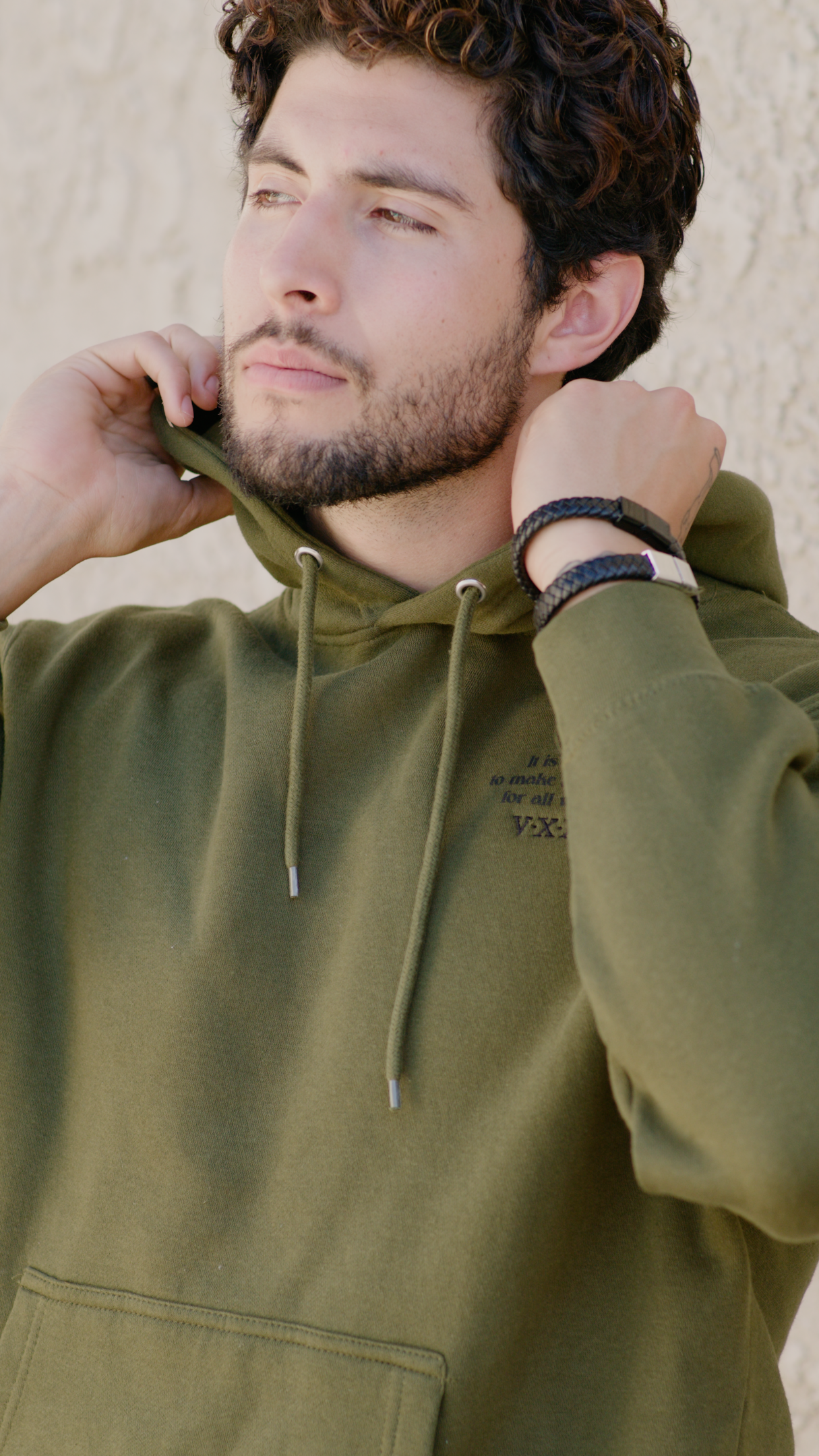
Slow Fashion vs. Fast Fashion
Slow fashion and fast fashion represent two vastly different approaches to clothing production and consumption. While slow fashion prioritizes timeless design, sustainability and ethical practices, and, fast fashion focuses on short-lived trends, rapid production, and low prices. Here's a comparison of the two:
Production and Quality:
Slow Fashion: Slow fashion emphasizes high-quality organic materials and craftsmanship, resulting in durable and long-lasting garments. Producers often prioritize ethical practices, such as fair labor standards and safe working conditions.
vs
Fast Fashion: Fast fashion uses low-cost, low-quality materials and mass production techniques, leading to disposable garments with a short lifespan. Production often involves poor working conditions and exploitation of labor.
Design Philosophy:
Slow Fashion: Slow fashion designs are timeless, versatile, and can be worn for multiple seasons. Designers create pieces that can easily be mixed and matched, encouraging consumers to invest in a smaller number of high-quality items.
vs
Fast Fashion: Fast fashion retailers quickly respond to current trends, resulting in a high turnover of styles and frequent inventory changes. The focus is on quantity over quality, encouraging consumers to continually purchase new, low-cost items to keep up with trends.
Environmental Impact:
Slow Fashion: Slow fashion aims to minimize environmental harm by using eco-friendly materials and sustainable manufacturing processes. It reduces waste by producing long-lasting garments and promoting mindful consumption habits.
vs
Fast Fashion: Fast fashion contributes to environmental pollution, resource depletion, and waste due to its reliance on disposable garments and high-volume production. It generates a large amount of textile waste, with millions of tons of clothing ending up in landfills each year.

Social Impact:
Slow Fashion: Slow fashion supports fair labor practices, ensuring that workers receive fair wages and work in safe conditions. It also fosters positive change in the fashion industry by promoting responsible production and consumption practices.
vs
Fast Fashion: Fast fashion often involves exploitation of labor in developing countries, with low living wage and poor working conditions. Its focus on short-term profits and immediate consumer demands can exacerbate social inequalities and perpetuate unethical practices in the industry.
Consumer Approach:
Slow Fashion: Slow fashion encourages consumers to make conscious, well-considered choices, investing in high-quality, long-lasting garments that align with their values. This approach fosters responsible consumption habits and reduces the overall environmental impact of the fashion industry.
vs
Fast Fashion: Fast fashion promotes a culture of disposable clothing and rapid consumption, enticing consumers to purchase new, inexpensive items frequently to keep up with the latest trends. This approach can lead to overconsumption and contributes to the negative environmental and social impacts of the fashion industry.
The benefits of slow fashion extend beyond environmental sustainability. Consumers who adopt slow fashion principles often find that their clothing is of higher quality and more durable, leading to a better return on investment over time.
Slow fashion emphasizes high-quality materials, craftsmanship, and timeless designs, resulting in long-lasting garments. It prioritizes ethical practices, environmental sustainability, and fair labor standards. In contrast, fast fashion uses low-cost, low-quality materials and mass production techniques to quickly churn out disposable garments that respond to current trends, often leading to poor working conditions and exploitation of labor. This approach contributes to environmental pollution, resource depletion, and waste, while exacerbating social inequalities and perpetuating unethical practices in the industry.
Fast Fashion is Destroying our Planet - Fast!
Did you know?
-
The fashion industry is the second largest polluter in the world - just after the oil industry
-
100 billion garments are produced each year
-
52 micro-collections per year are released by fast fashion brands instead of the usual 2 seasons
-
400% more clothes are produced now compared to 20 years ago
-
A garment is worn 7 times in average before being thrown away
-
At least 50% of the clothes in your wardrobe are not worn
-
190,000 tons of textile microplastic fibers are going into the oceans each year
-
Synthetic fibers which are used 69% in our clothing TAKE UP TO 200 YEARS TO DECOMPOSE

Fast fashion has substantial environmental and social impacts that raise concerns about sustainability and ethics. Environmentally, it leads to resource depletion through high water, energy, and raw material consumption. The use of toxic chemicals, dyes, and synthetic fabrics pollutes waterways, harms aquatic life, and releases microplastics into the environment. Recent news highlights fast fashion's continued strain on resources, with water consumption remaining alarmingly high and an estimated 17-20% of industrial water pollution resulting from textile dyeing and treatment.
Additionally, the disposable nature of fast fashion generates vast amounts of textile waste, filling landfills and releasing greenhouse gasses as the waste decomposes - a recent study shows that the fast fashion industry accounts for around 10% of greenhouse gas emissions.
In 2023, the fashion industry is at a crossroads, with a growing awareness of the negative impacts of fast fashion and an increasing demand for sustainable alternatives. By embracing slow fashion principles and supporting brands that prioritize environmental and social responsibility, consumers can contribute to a positive transformation in the fashion world, making it more aligned with the needs of both people and the planet.
In 2023, slow fashion continues to gain momentum as a response to the environmental and social issues associated with fast fashion. Emphasizing quality, longevity, and ethical practices, slow fashion benefits both the environment and consumers by reducing resource consumption, waste, and pollution.
Recent trends, such as the growing popularity of second-hand shopping and clothing rental services, reflect a shift towards sustainable and conscious consumption. Consumers enjoy the lasting advantages of investing in high-quality, timeless garments that align with their values and enhance their image. By embracing slow fashion principles and supporting responsible brands, individuals contribute to a more sustainable and ethical fashion industry that prioritizes people and the planet over profits.
The Slow Fashion Movement for Sustainability
Principles of Slow Fashion:
-
Quality and durability: Slow fashion prioritizes high-quality materials and craftsmanship, resulting in long-lasting garments that reduce waste and resource consumption.
-
Timelessness: Slow fashion designs are classic and versatile, allowing for easy mixing and matching to create a variety of looks that can be worn across multiple seasons.
-
Ethical production: Fair labor practices, safe working conditions, and the overall well-being of workers are key considerations for slow fashion brands.
-
Environmental sustainability: By using eco-friendly materials and sustainable manufacturing processes, slow fashion aims to minimize its environmental footprint.
-
Mindful consumption: Slow fashion encourages consumers to make thoughtful, well-informed purchasing decisions based on factors like quality, durability, and ethical production.
-
Supporting local and artisanal production: Slow fashion often emphasizes support for local businesses, artisans, and traditional crafts to preserve cultural heritage and promote economic opportunities.
Characteristics of Slow Fashion Brands:
-
Transparent supply chains: Slow fashion brands are open about their garment production processes, ensuring customers know where and how their garments are made.
-
Ethical materials: These brands prioritize the use of eco-friendly, organic, or recycled materials, reducing their carbon footprint.
-
Small-scale production: Slow fashion brands often produce smaller quantities, focusing on quality over mass production.
-
Timeless design: Designs are classic and versatile, with an emphasis on style rather than trends, ensuring garments remain relevant for years to come.
-
Fair labor practices: Slow fashion brands are committed to providing fair wages and safe working conditions for their employees.

-
Community engagement: Many slow fashion brands actively engage with and support their local communities through various initiatives and partnerships.
Ethical Fashion Brands and Their Role in Promoting Sustainability:
As we enter 2023, ethical fashion brands are gaining increased visibility and support, playing a pivotal role in promoting sustainability within the industry. New and innovative brands, such as Patagonia, Eileen Fisher, and LuminaryLA, are setting an example for responsible production and consumption, inspiring other companies to follow suit.
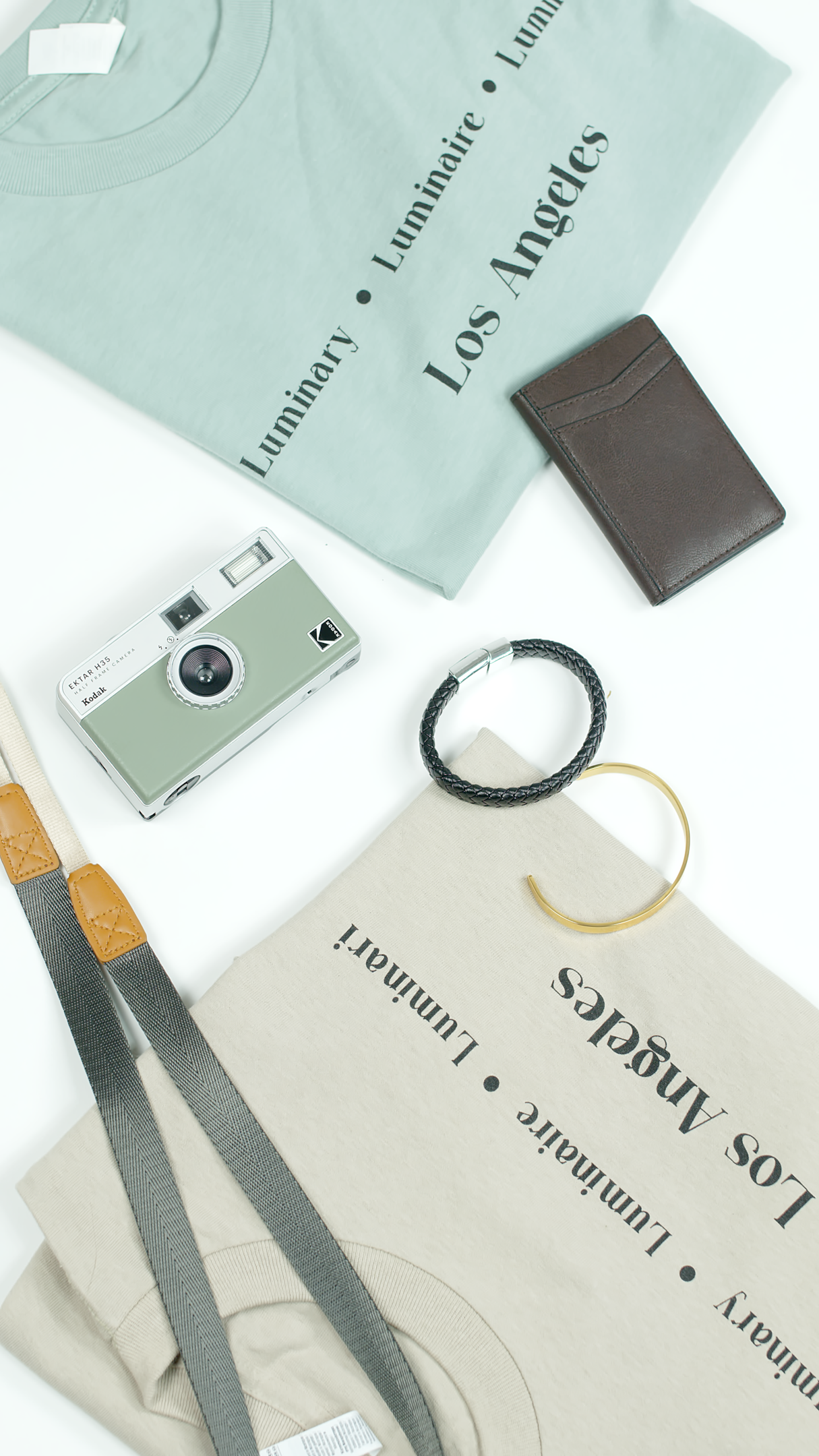
By supporting ethical fashion brands, consumers can contribute to a more sustainable future for the fashion industry, invest in pieces that positively impact people and the planet, and promote the adoption of responsible practices industry-wide. As we move forward in 2023, the momentum behind the slow fashion movement continues to grow, driving lasting change in the fashion landscape.
Building a Sustainable Wardrobe
Identifying High-Quality, Timeless Clothing Pieces
In 2023, the focus on sustainability efforts has prompted a shift towards high-quality, timeless look that can withstand the test of time. As major brands like Levis Strauss & Co. launch innovative initiatives such as the "Buy Better, Wear Longer" campaign, consumers are becoming more aware of the need to invest in durable and versatile wardrobe staples. Industry experts and influencers, like Marie Kondo and Livia Firth, are promoting the concept of a curated, minimalist wardrobe that prioritizes quality over quantity.
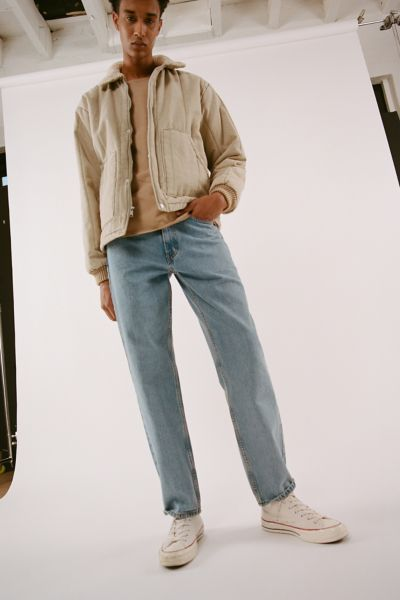
Investment Wardrobe Essentials
Building a sustainable wardrobe in 2023 involves investing in essential pieces that are versatile, durable, and stylish. Some examples of investment-worthy wardrobe essentials include:
-
A well-tailored suit or blazer that can be dressed up or down.

-
A high-quality shirt made from sustainable materials like organic cotton from brands that give back to the community like LuminaryLA
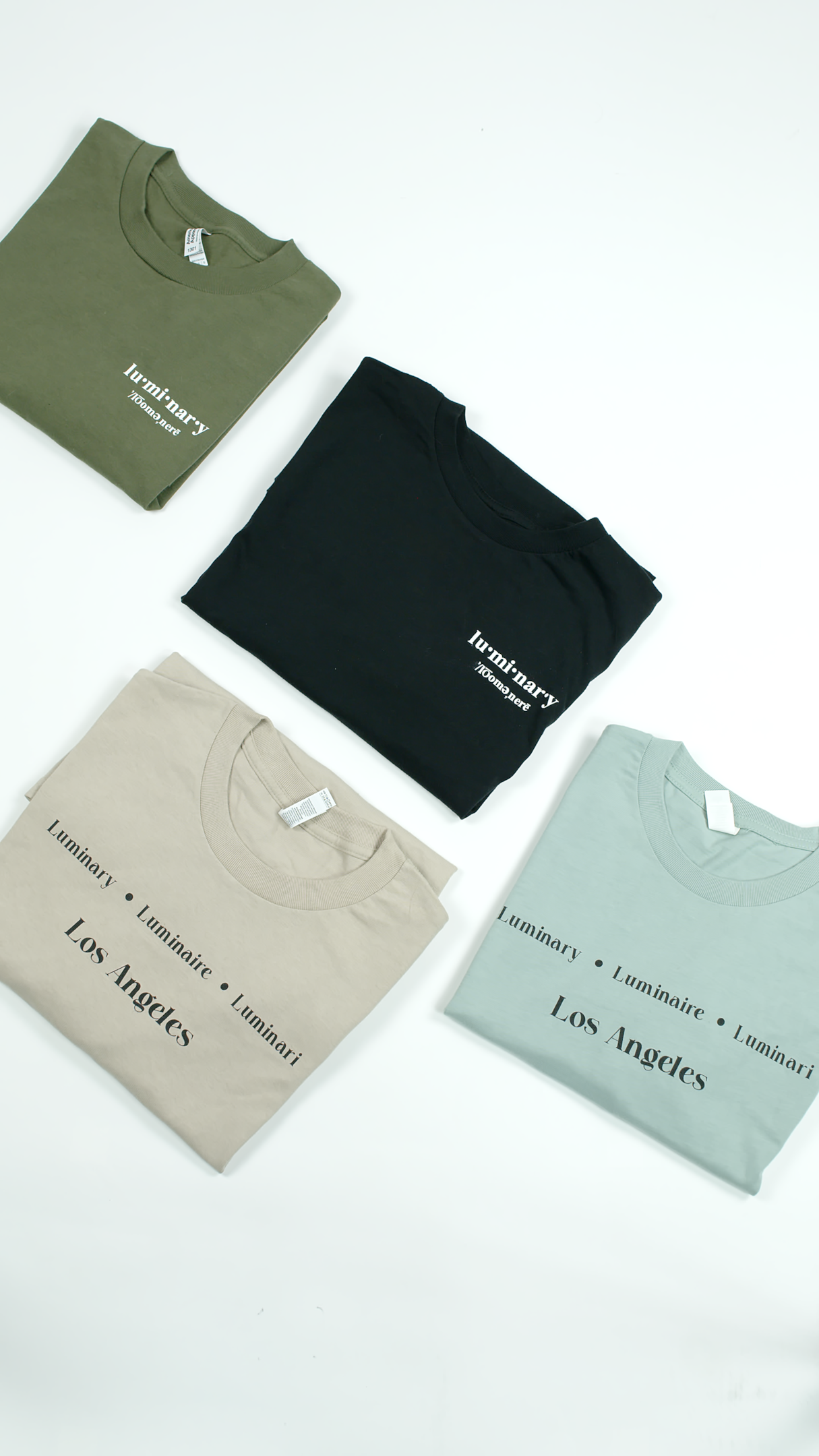
-
A classic pair of jeans from brands with eco-friendly practices like Nudie Jeans or Reformation.
-
Timeless footwear, such as leather boots or loafers, made by ethical companies like Nisolo or Veja.

-
Versatile jewelry that can also stand the test of time, like these ones from LuminaryLA
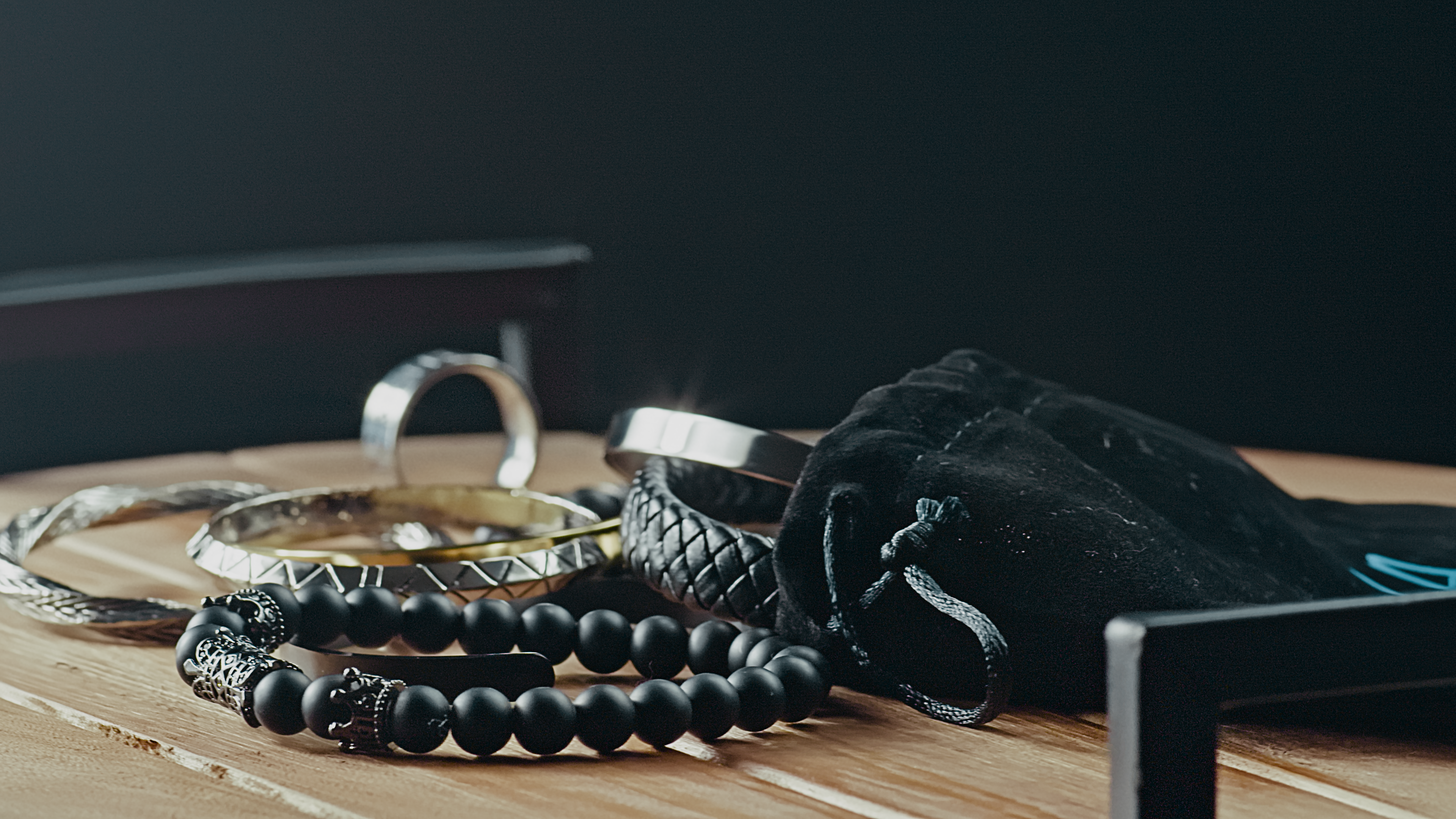
These investment pieces can be mixed and matched to create a variety of looks, reducing the need for frequent purchases and contributing to a more sustainable fashion future.
Mindful Consumption and Reducing Fast Fashion Waste
In 2023, the slow fashion movement has gained considerable momentum, encouraging consumers to adopt mindful consumption habits. Celebrities like Ryan Gosling and David Beckham have popularized the idea of "rewearing" and "renting" garments, challenging the traditional notion of constant wardrobe updates. Clothing rental services like The Black Tux and The Mr. Collection are gaining traction, enabling consumers to access stylish, high-quality clothing without contributing to fast fashion waste.

Additionally, consumers are turning to second-hand and vintage shopping, using platforms like Depop, Poshmark, and ThredUP to find unique, pre-loved pieces. This trend not only reduces waste but also supports a circular fashion economy, where garments are given a second life and kept out of landfills.
LuminaryLA: A Brand for the Conscious Professional
LuminaryLA understands the needs and values of young professionals who prioritize simplicity, minimalism, and social responsibility. The brand is designed to cater to those who are passionate about making a positive impact on the world while maintaining a polished and refined sense of style. LuminaryLA's commitment to social change and community development, along with its minimalist yet luxurious designs, makes it the perfect choice for professionals looking to build a strong image while staying true to their values.
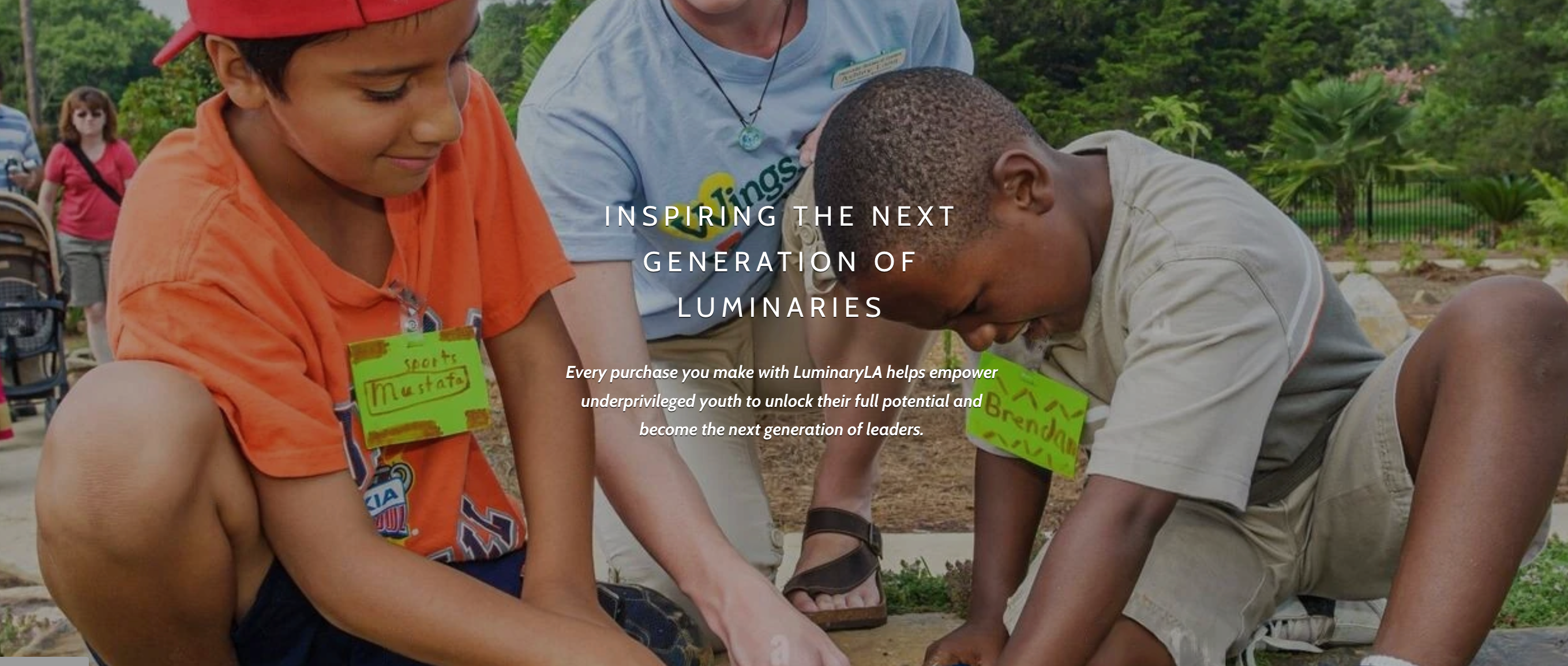
Offering Timeless Fashion Pieces and Sustainable Clothing
LuminaryLA offers a curated collection of men's fashion accessories and simple clothing designed in-house, made from high-quality, sustainable materials sourced from a reputable US manufacturer. The brand focuses on creating timeless pieces that seamlessly blend into any wardrobe, ensuring that each item is versatile, durable, and stylish. By prioritizing quality over quantity, LuminaryLA encourages its customers to invest in long-lasting apparel that not only elevates their style but also aligns with their commitment to sustainability.
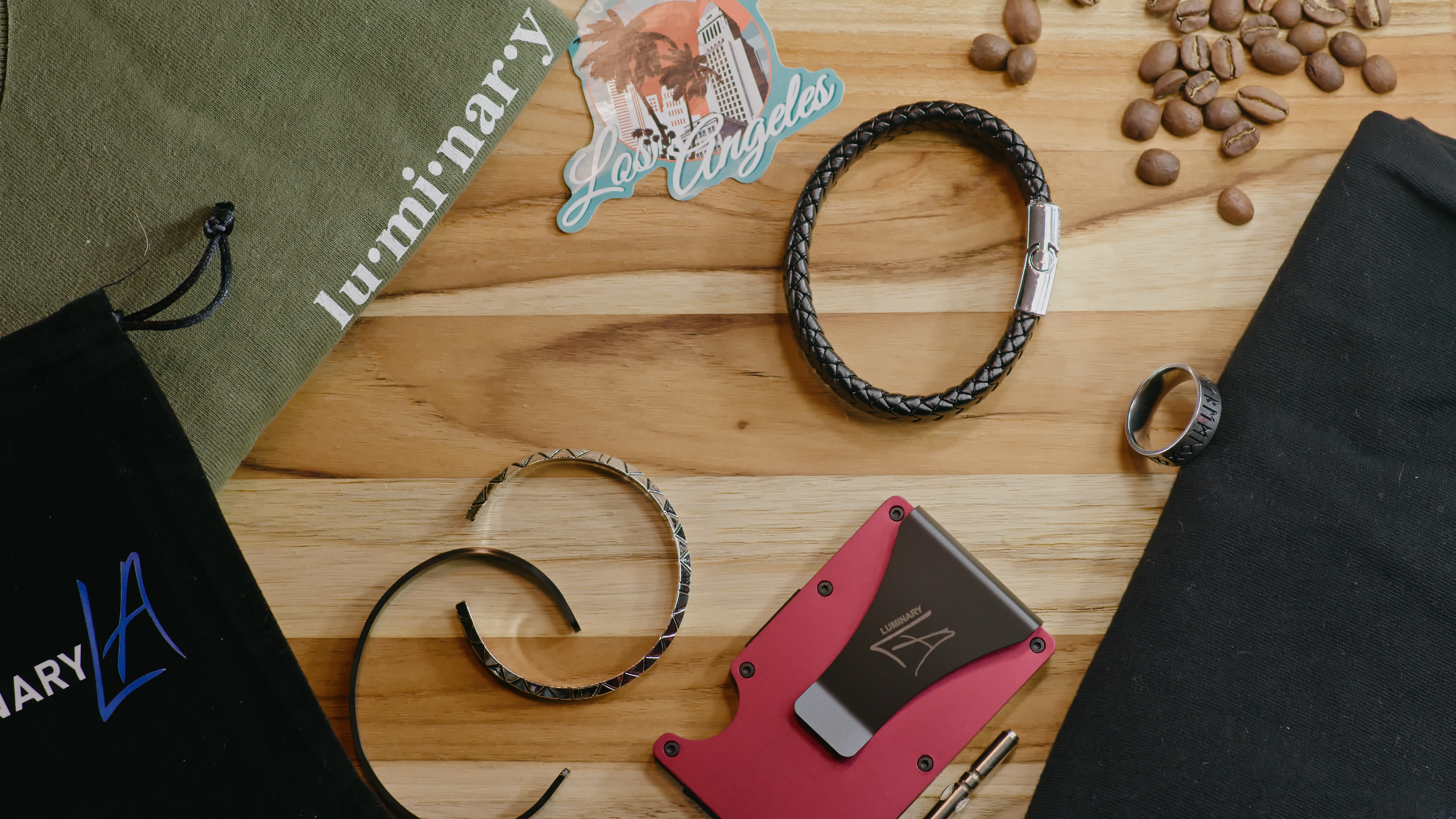
Commitment to Ethical Fashion and Environmentally Responsible Practices
At LuminaryLA, ethical fashion and environmentally responsible practices are at the core of the brand's philosophy. By partnering with a US-based manufacturer, LuminaryLA ensures fair labor standards and safe working conditions for the people who craft their products. The brand also uses eco-friendly materials and production methods, minimizing its environmental impact and contributing to a more sustainable fashion industry. By choosing LuminaryLA, customers can feel confident that they are supporting a brand that shares their passion for social responsibility and environmental stewardship.
By visiting luminaryla.com, customers can explore LuminaryLA's collection of timeless, sustainable, and ethically-produced men's fashion essentials, providing a perfect solution for the conscious professional looking to make a positive impact while maintaining a sophisticated and polished style.
Conclusion
The Importance of Adopting a Slow Fashion Mentality
As the fashion industry evolves and becomes increasingly aware of its environmental and social impact, adopting a slow fashion mentality is more important than ever. Current events and news continue to highlight the devastating consequences of fast fashion, making it crucial for consumers to reevaluate their purchasing habits.
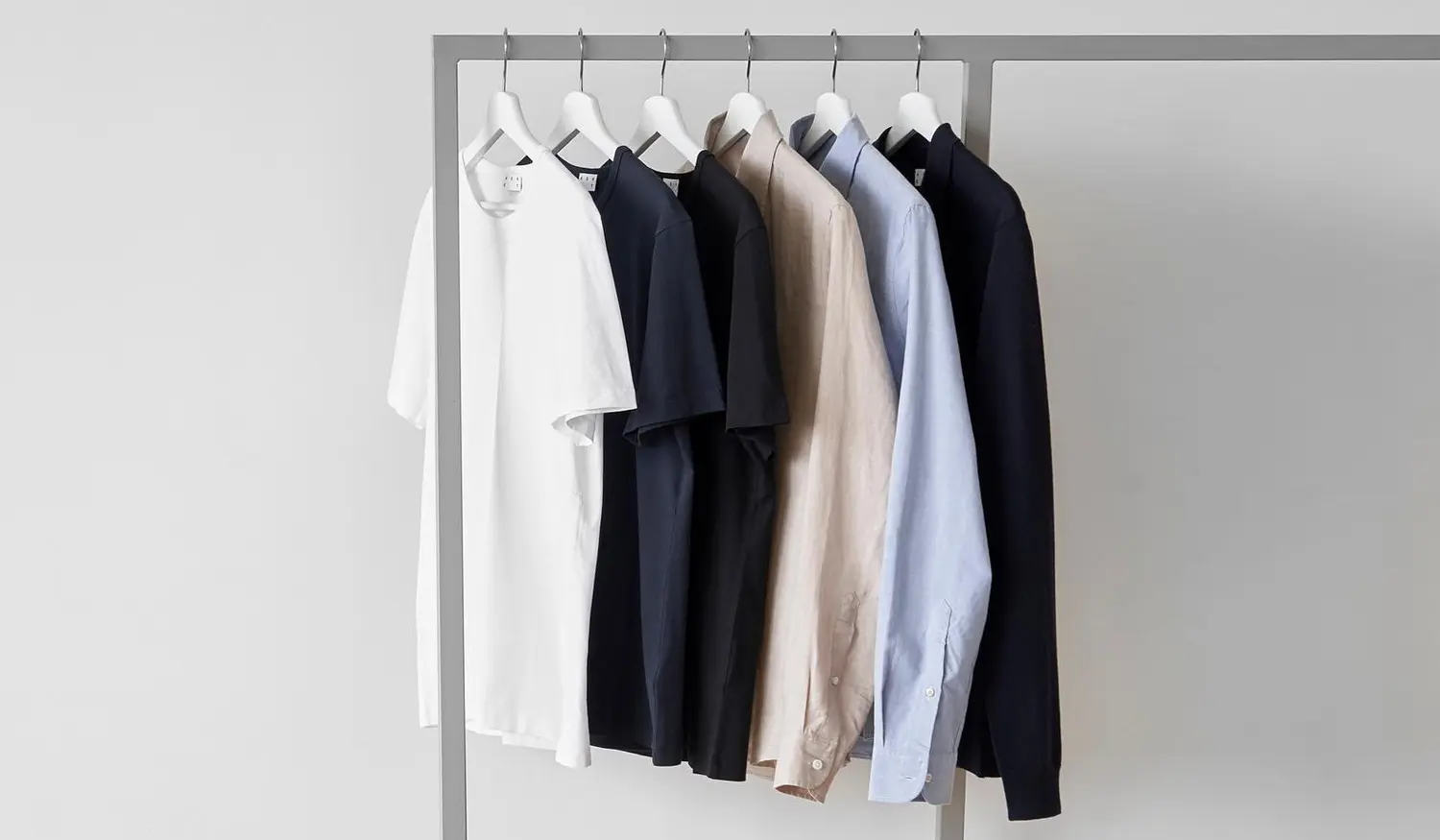
Influential celebrities, such as Leonardo DiCaprio, Mark Ruffalo, and Timothée Chalamet, are using their platforms to advocate for slow fashion and raise awareness about the importance of making conscious choices in the clothes we wear. By embracing the principles of slow fashion, we can contribute to a more sustainable future for our planet and foster positive change within the industry.
-4x5.jpg)
The Lasting Impact of Conscious Fashion Choices on the Environment and Personal Style
The conscious decisions we make about our clothing not only contribute to a healthier environment but also help us develop a more authentic and refined personal style. By investing in timeless, high-quality, and sustainable pieces, we can build a wardrobe that reflects our values and lasts for years to come.
This approach to fashion ensures that we are not only minimizing our environmental footprint but also cultivating a sense of personal style that is uniquely ours. In the long run, choosing to support brands like LuminaryLA that prioritize sustainability, ethical practices, and timeless design can make a lasting impact on both the world and our own sense of identity.
